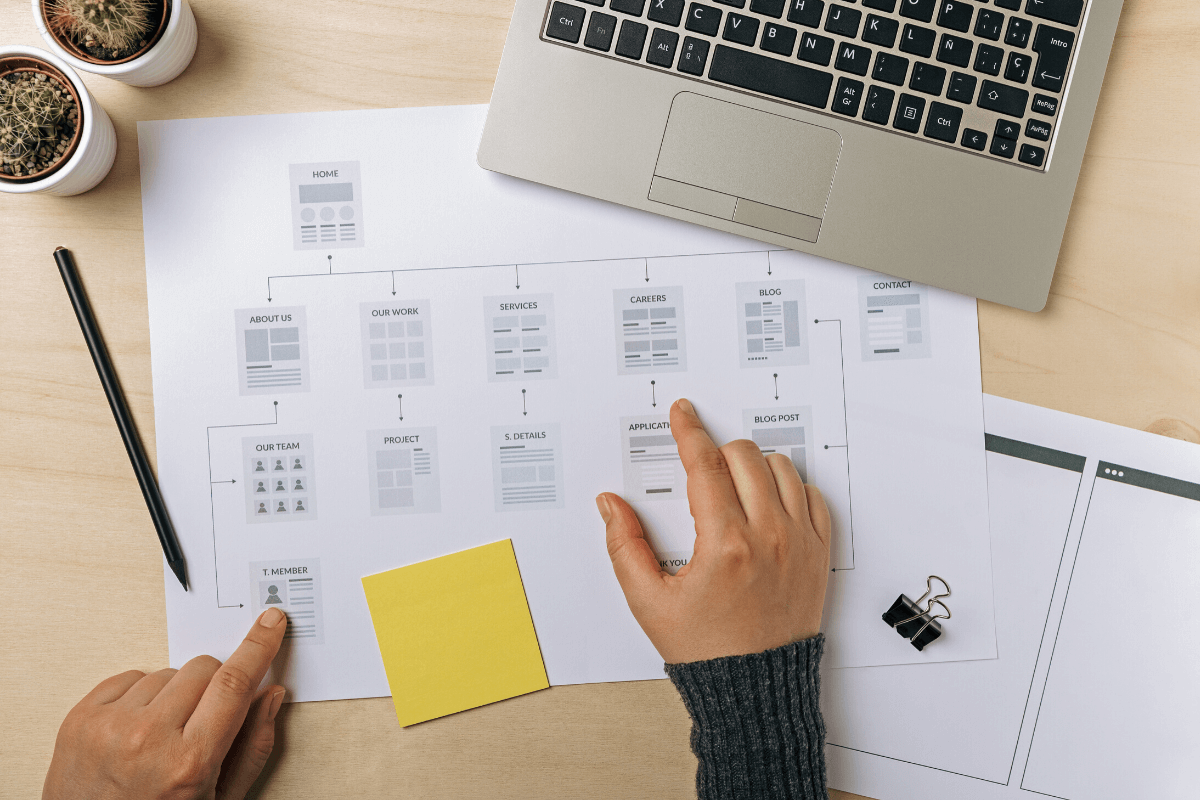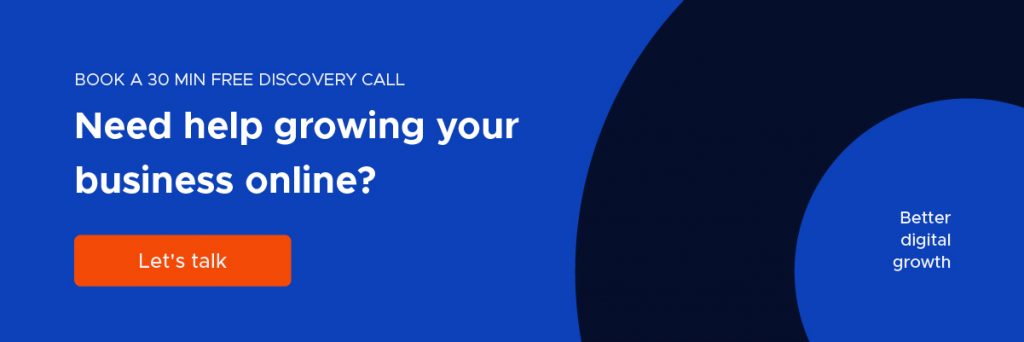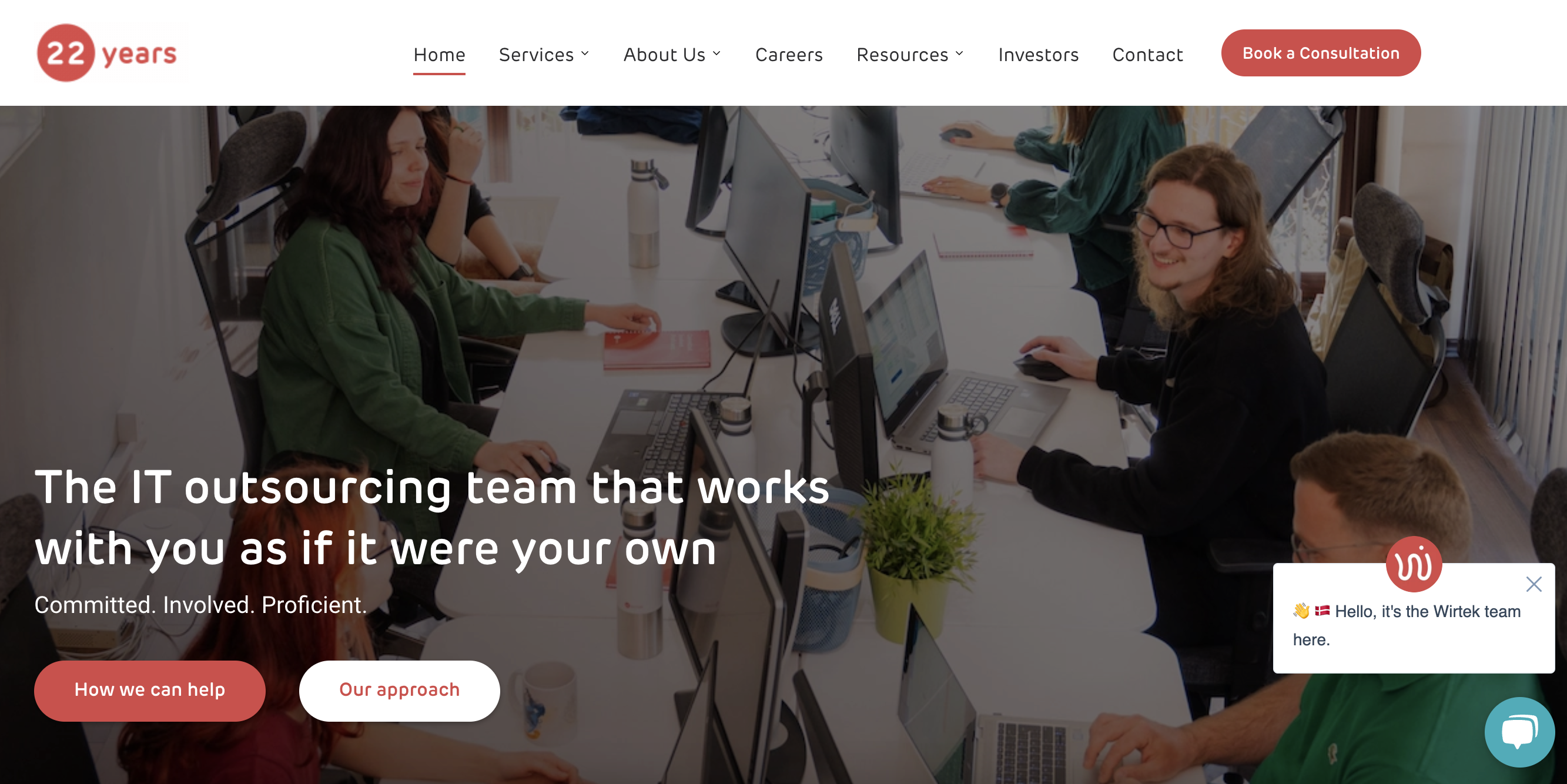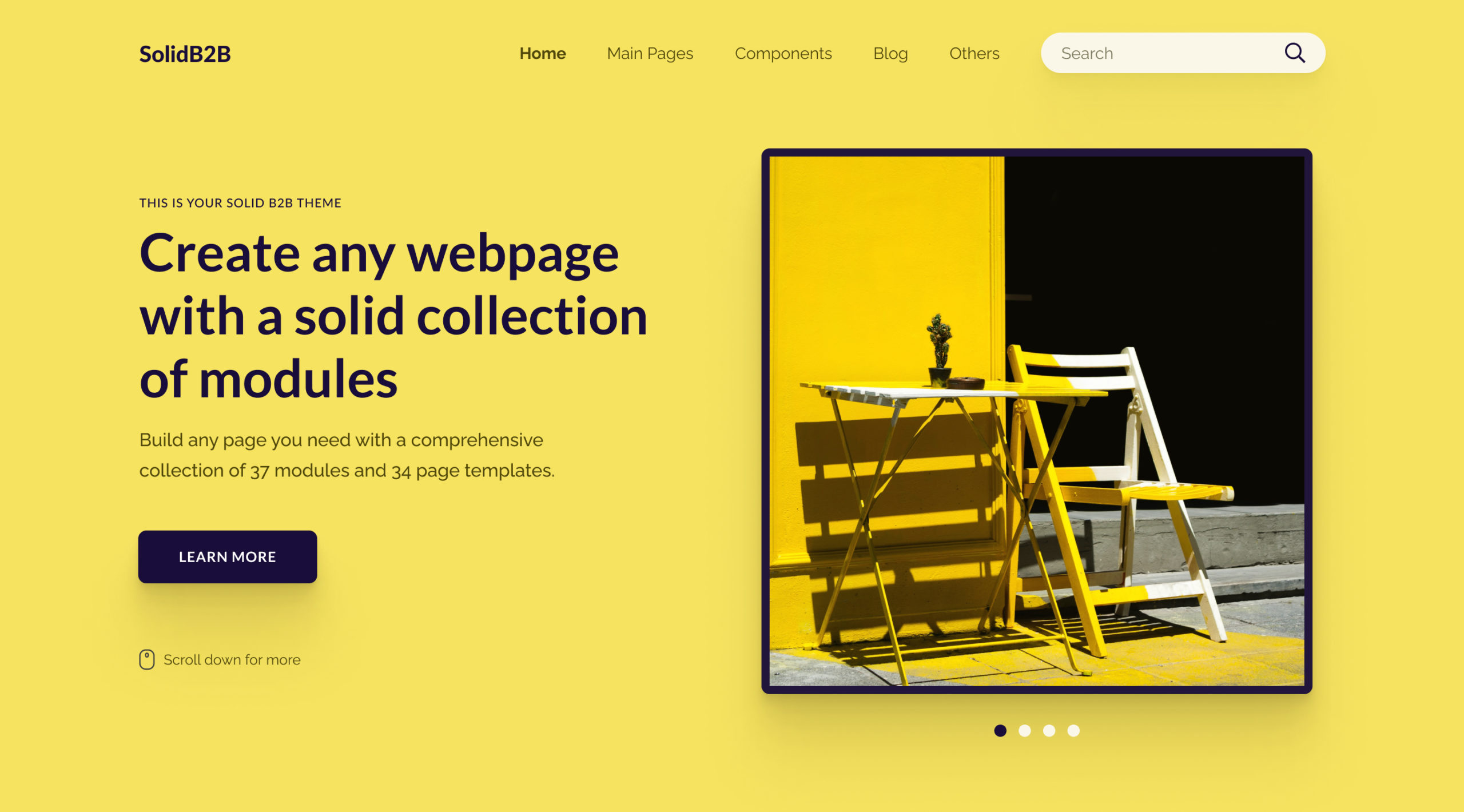Digital marketing is becoming increasingly complex. Too many tools you could use, too many content management system options (WordPress, Hubspot, Squarespace, Wix and others), too many tactics everyone swears by. Everything is too complicated. On the other hand, you just need to find new clients, new leads or to show that you are a serious company and you have a website to prove it.
When you need to buy a new car you know the budget you have for it, how many seats it should have (especially if you have a big family), the way it should look (if esthetics is important) or what technical characteristics it should have. If you would give a short description of your needs to someone else, that person should be able to come up with a top-three list. It’s a brief.
The same process applies to build the best possible website. You should be able to list, from the very beginning, what are the needs for the business (why do you actually need a new website), what are your preferences and what’s the message that the website should send to the rest of the world.
Over the years and after many website implementations, we optimised our own process that works well and gives us the confidence that we can get a really good outcome at the end. Here are the main steps:
1. Identify the business need
It’s important to start from the actual problem you want to solve. Just building a website only to brag that you finally have one, doesn’t help anyone. We will ask a few questions to understand what needs to happen to fulfil the needs of all stakeholders:
- Why do you need a new website?
- What does “better” actually mean for you and your business?
- How would that translate into measurable results?
- What would happen if you only use what you have right now?
- What would happen if you work with someone that actually build a worse website?
- And a few more.
All your answers would help us understand the bigger context. We would define what are the priorities and what is just wishful thinking for now that we can build together towards. It’s really important to go through this briefing step so we make sure we’re on the same page when it comes to the real end goal of our collaboration. It helps a lot if you already have a brief but we will follow-up anyway.
2. Build a structure / wireframe
We will have to start with clearly defining the structure of your website. You will most probably need a homepage, a page that says a bit more about your company and your team, one that describes your services and maybe a blog listing where you can build content about your services and list the latest news from your industry (maybe). But what other pages do you need? What components should each page have and how should the user flow be structured?
Based on the initial briefing we will be able to come up with suggestions for what other pages you may need on your website and what components should each page have so when your ideal client visits the website, he will easily find all the information he needs. We will also map the main user experience flows to simulate how the ideal user would navigate the website. You will probably have some previous structure but we will build an updated proposal considering your feedback.
3. Create suitable design and content
We know what we want to achieve, how the website should behave and we have a structure for the end result so now we have to create a design that sends the right message and supports all the decisions we made so far. If you have a brand book we will follow that as much as possible but we can also build all the elements necessary. We’ll do our best to build a design that is both scalable and performs well.
You will probably already have some part of the content. We will have to adapt some of it to fit the new structure or just change specific words to point the user in the right direction. Based on your needs and team capabilities sometimes you may choose to rewrite it yourself. As with all the other steps, we will facilitate the conversation. We will build the design with your feedback but we’ll probably need your help with most (or only some parts) of the content.
4. Implement sustainably
Depending on your needs, budget or previous experiences of your team, we will decide together what is the most suitable content management system (CMS) that can support the growth of your business online. Most of the times you will already know from the beginning that you want to use WordPress or Hubspot but at this stage, we will also discuss what other tools you may need before we start the actual implementation and use them to build the user experience we planned for in the wireframing stage.
Having already built the design and content, implementing the website will go smoothly. At this stage, we can focus on building it in a way that makes it easy for your marketing team to adapt the content, build new pages and new blocks so any content change can be ready in minutes, not days. We will also build so that any team that may come after us will be able to pick up instantly.
5. Analytics and optimisation
It may seem that this is it, the website is ready. You would be wrong. We have a first implementation but without proper analytics, we don’t really know if we did a good job or not. You don’t really know what should be the next step if you don’t know how we did so far. It’s like cooking without ever having any access to the person that tastes the food. It can be either really good or really bad.
We will help with setting up proper analytics tools to track visits, behaviour and conversion. So far, we usually used Google Analytics, Databox, Hotjar for WordPress websites and Hubspot already has built-in most of the tools we need. We probably used most of the other tools as well so we can adapt to what you need. We’ll also help with optimising the website for Google searches and make sure we fix all the bugs on mobile and desktop for all regular web browsers.
6. Long term support and growth
The website is implemented and ready for your team to use. We won’t go anywhere and will be here to help you build new features if needed, improve existing ones to adapt to your ever-changing needs and optimise to get better results every month.
In the end, after we go through all these steps we will have a website that actually performs and costs a lot less than what it will bring as added value to the business. Starting from defining the real needs allowed us to contribute to achieving the right results for your business while involving all stakeholders in the process.
If you need our help with building a better website please write me an email at andrei@stoica.co, book a meeting or contact us in any other way. The first meeting is on us and you will get at least a few good tips and tricks out of it in exchange for 30 minutes of your time.





